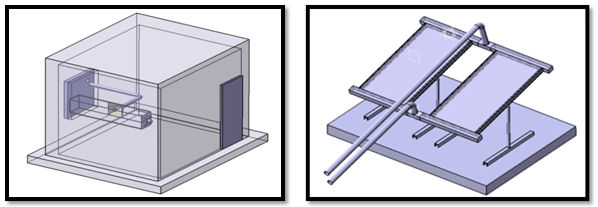


Indian Journal of Science and Technology
Year: 2020, Volume: 13, Issue: 26, Pages: 2644-2656
Original Article
Pramod V Mulik1*, Uday C Kapale2, Gautam S Kamble1
1Mechanical Engineering Dept, TKIET, Shivaji University, Warananagar, Kolhapur, India
2Department of Mechanical Engineering, Sanjay Ghodawat University, Atigre, Kolhapur, Maharashtra, India
*Corresponding author
Email: [email protected]
Received Date:20 May 2020, Accepted Date:14 July 2020, Published Date:30 July 2020
Objectives: To investigate heat transfer characteristics of nocturnal cooling system in the Indian climate with suitable material for radiator and proper coating to enhance the heat transfer. Methodology: A nighttime radiative cooling system with aluminum radiator in a dry area, is assessed both experimentally and theoretically. A theoretical model has been proposed to evaluate the radiative cooling potential for the dry type climate of Western Maharashtra, India. However, the end result can be improved by a nighttime cooling system based on nocturnal longwave radiation, which cools the air below ambient temperature. Findings: The experimental room temperature could be maintained at about 2- 4.50C less than the outer room temperature. It is found that there is a huge scope in reducing the energy requirements for cooling purposes. Average radiative cooling rate of 55.84 - 71.88 W/m2 is achieved for without coating and 72.30 - 80.99 W/m2 for coating on the radiator. Novelty: In this study, we have designed and assessed the radiative cooling system which has a possibility of reducing the power using up for space cooling purposes. For achieving the building healthier and more comfortable, the building design is a key factor for saving energy and reducing emissions by considering nocturnal cooling design principles with suitable design and materials. The design of energy-efficient and sustainable buildings is important for the future.
Keywords: Radioactive cooling; nocturnal cooling; unglazed collector; flat-plate collector
© 2020 Mulik, Kapale, Kamble. This is an open-access article distributed under the terms of the Creative Commons Attribution License, which permits unrestricted use, distribution, and reproduction in any medium, provided the original author and source are credited. Published By Indian Society for Education and Environment (iSee)
Subscribe now for latest articles and news.